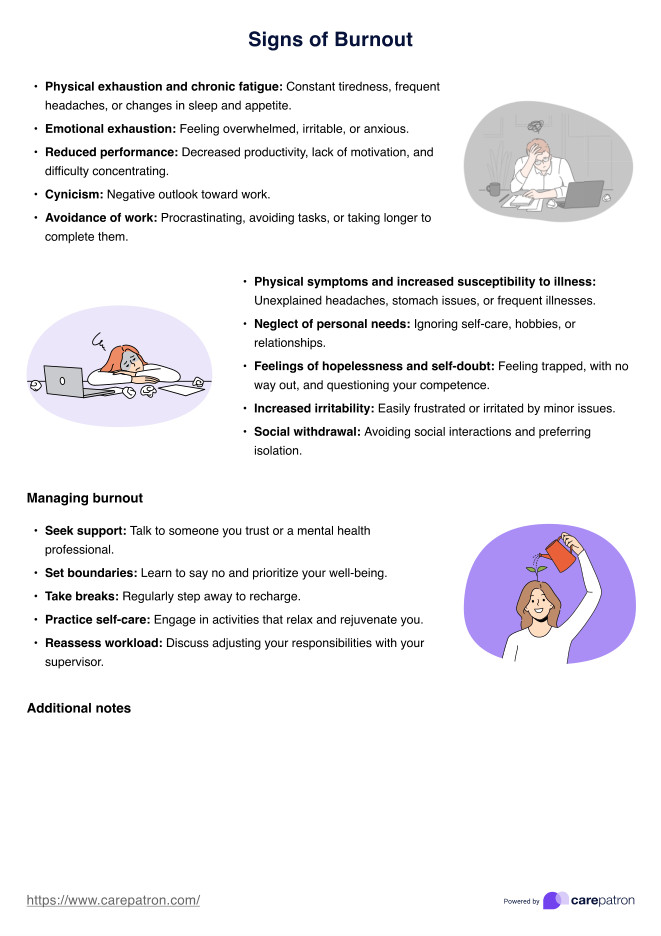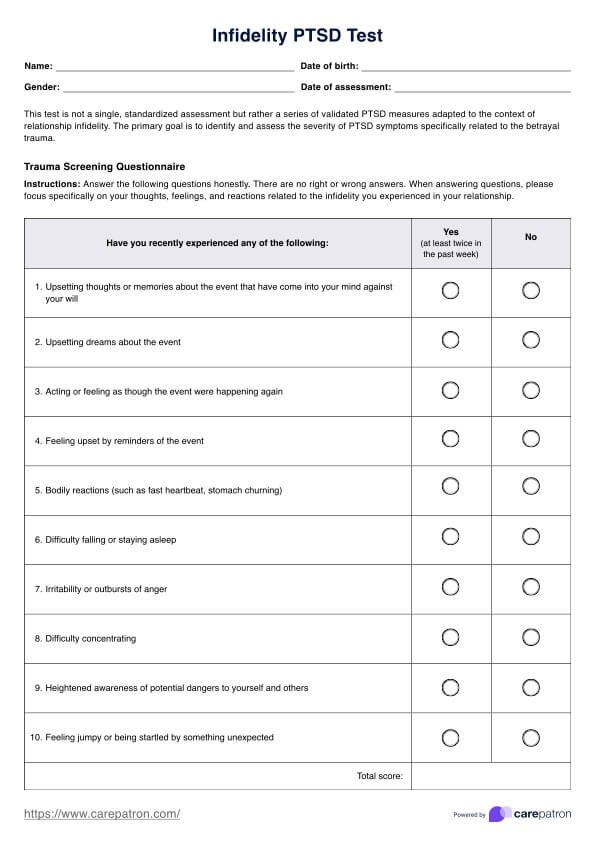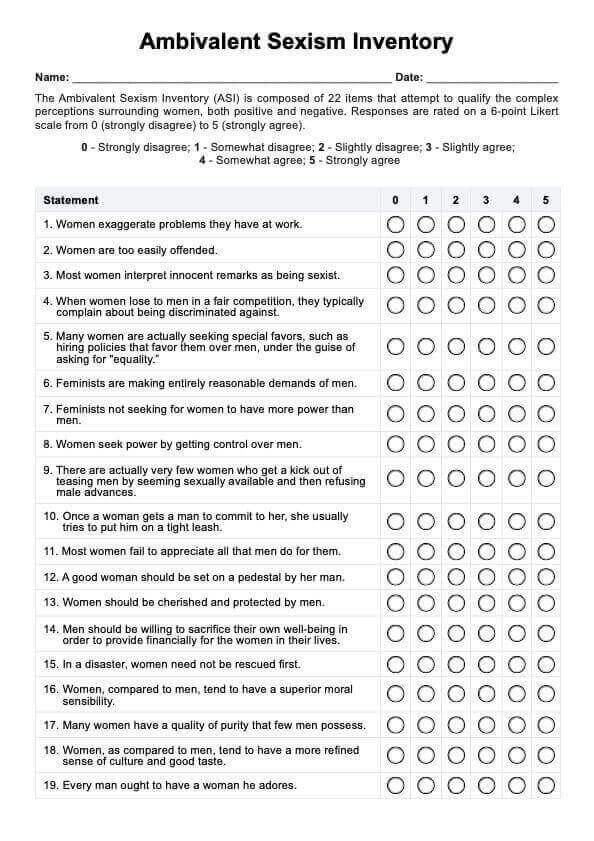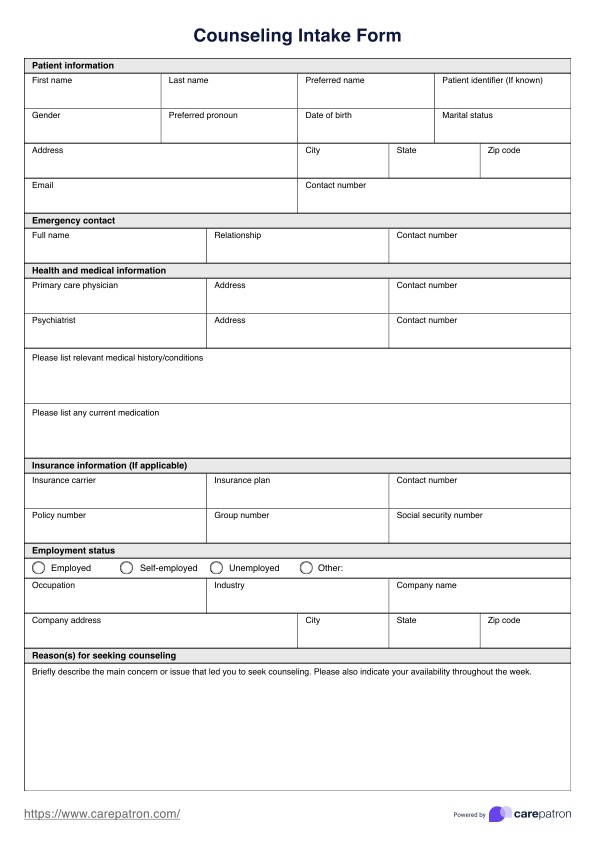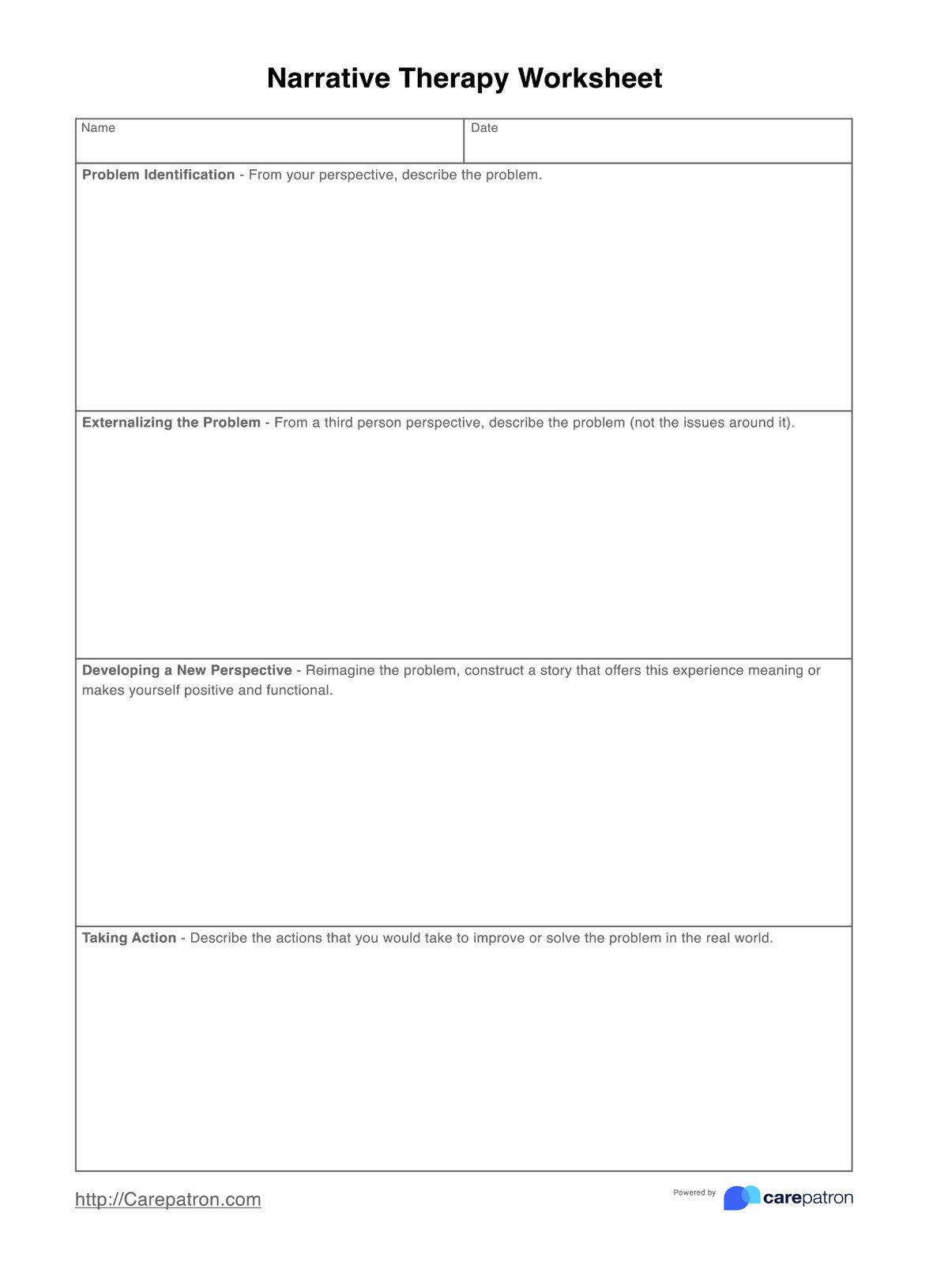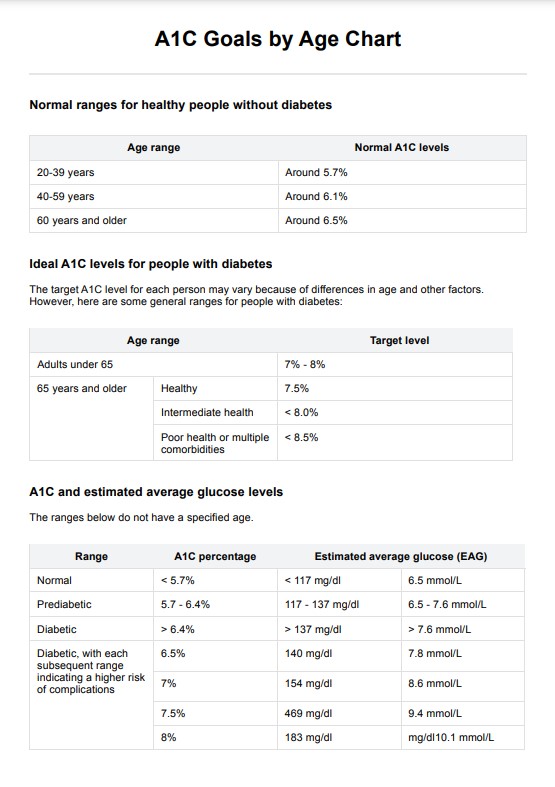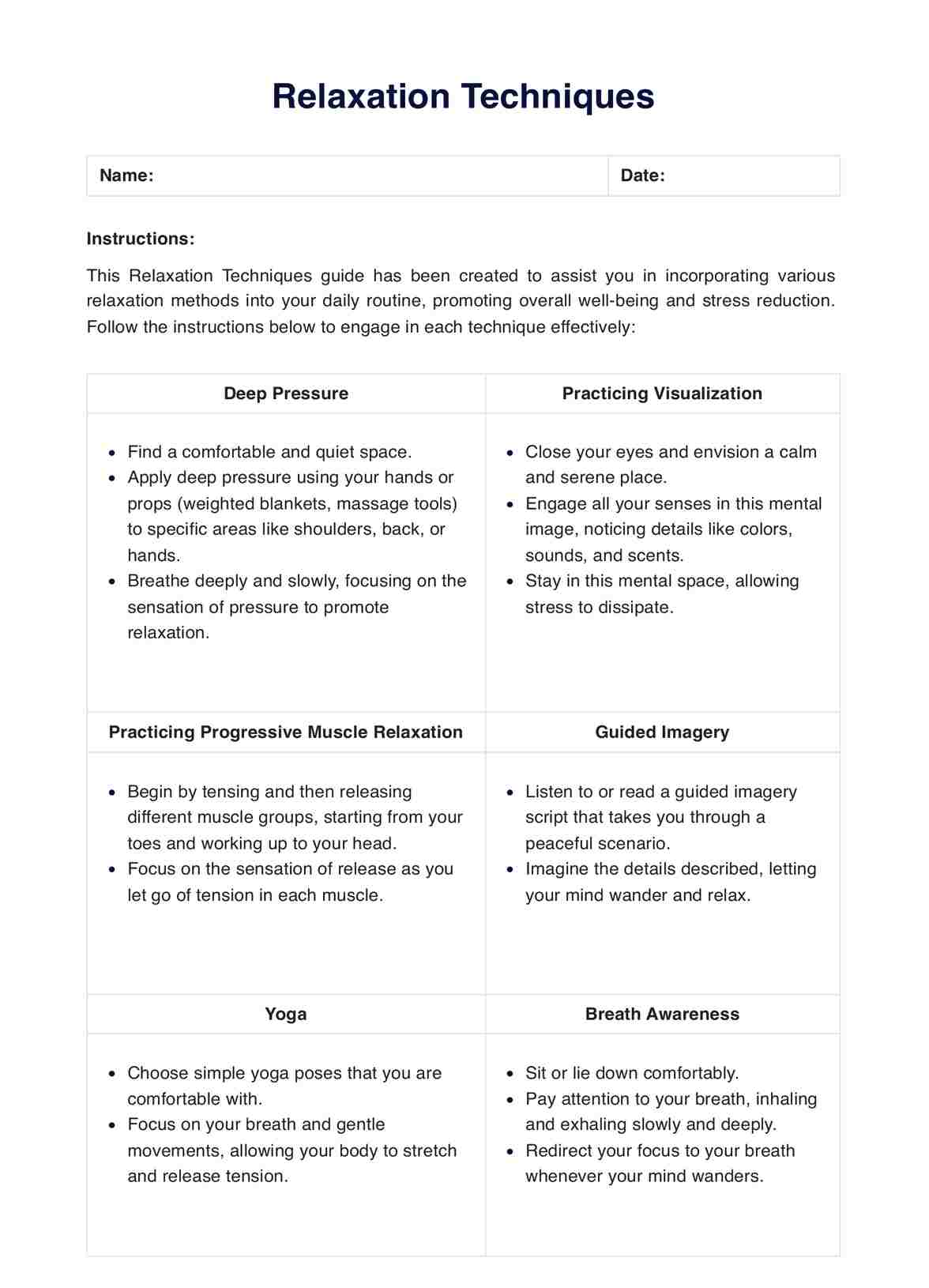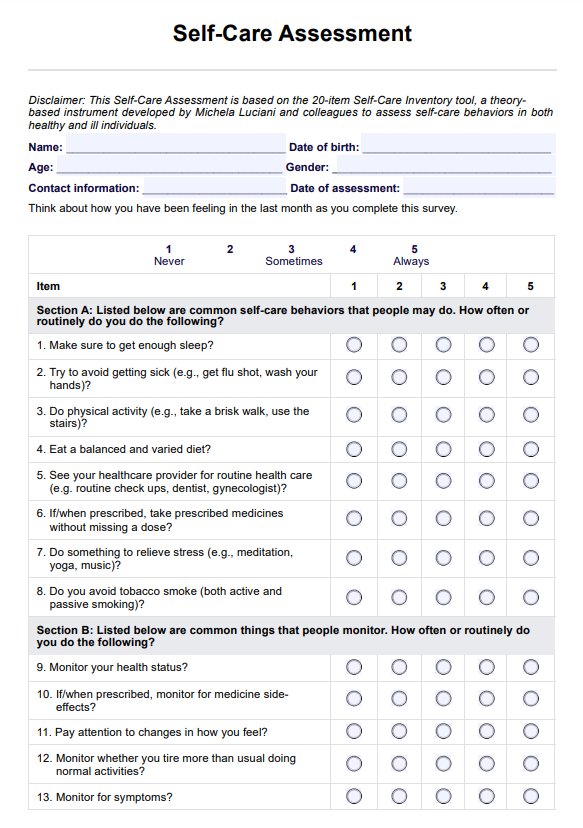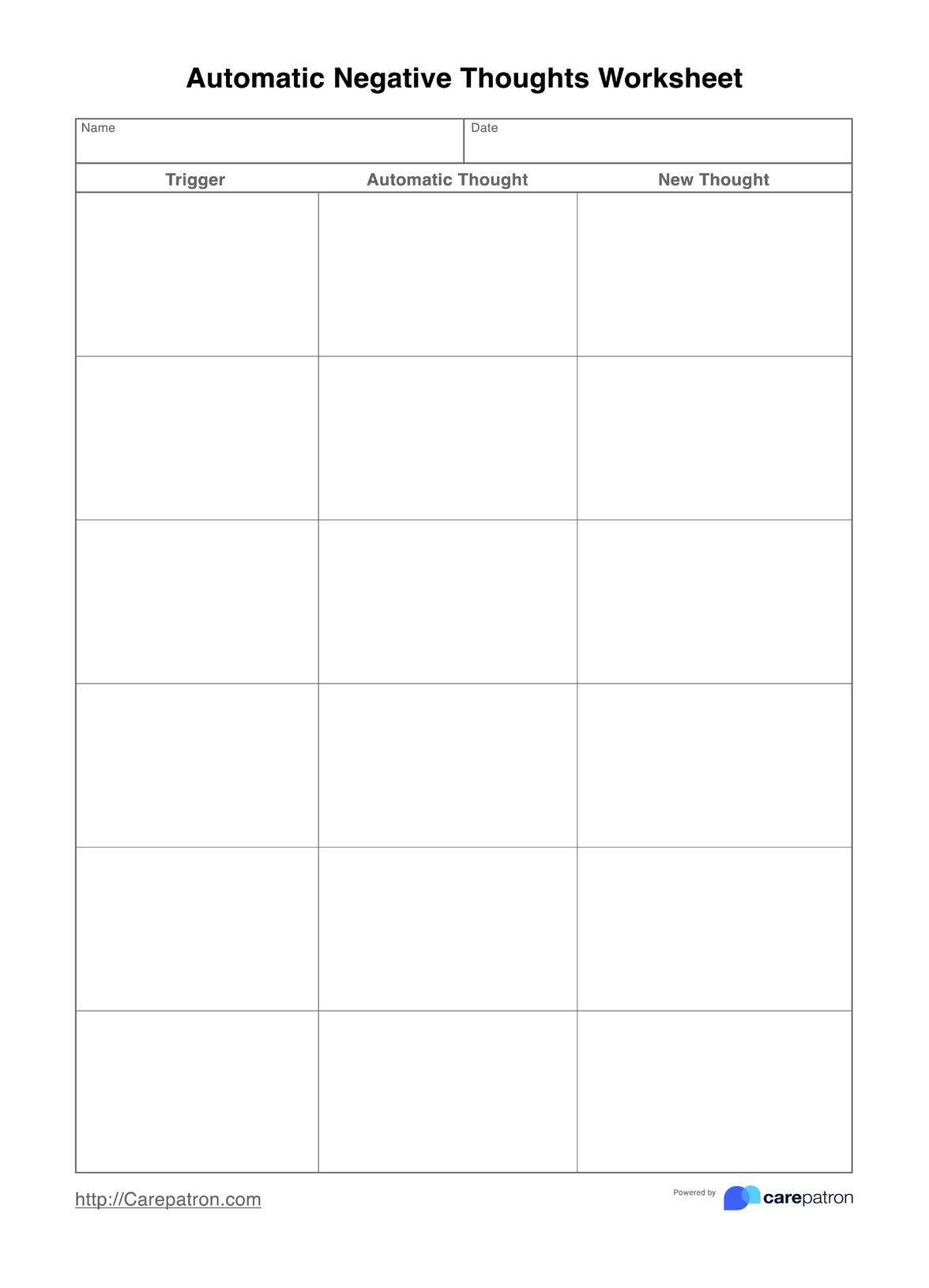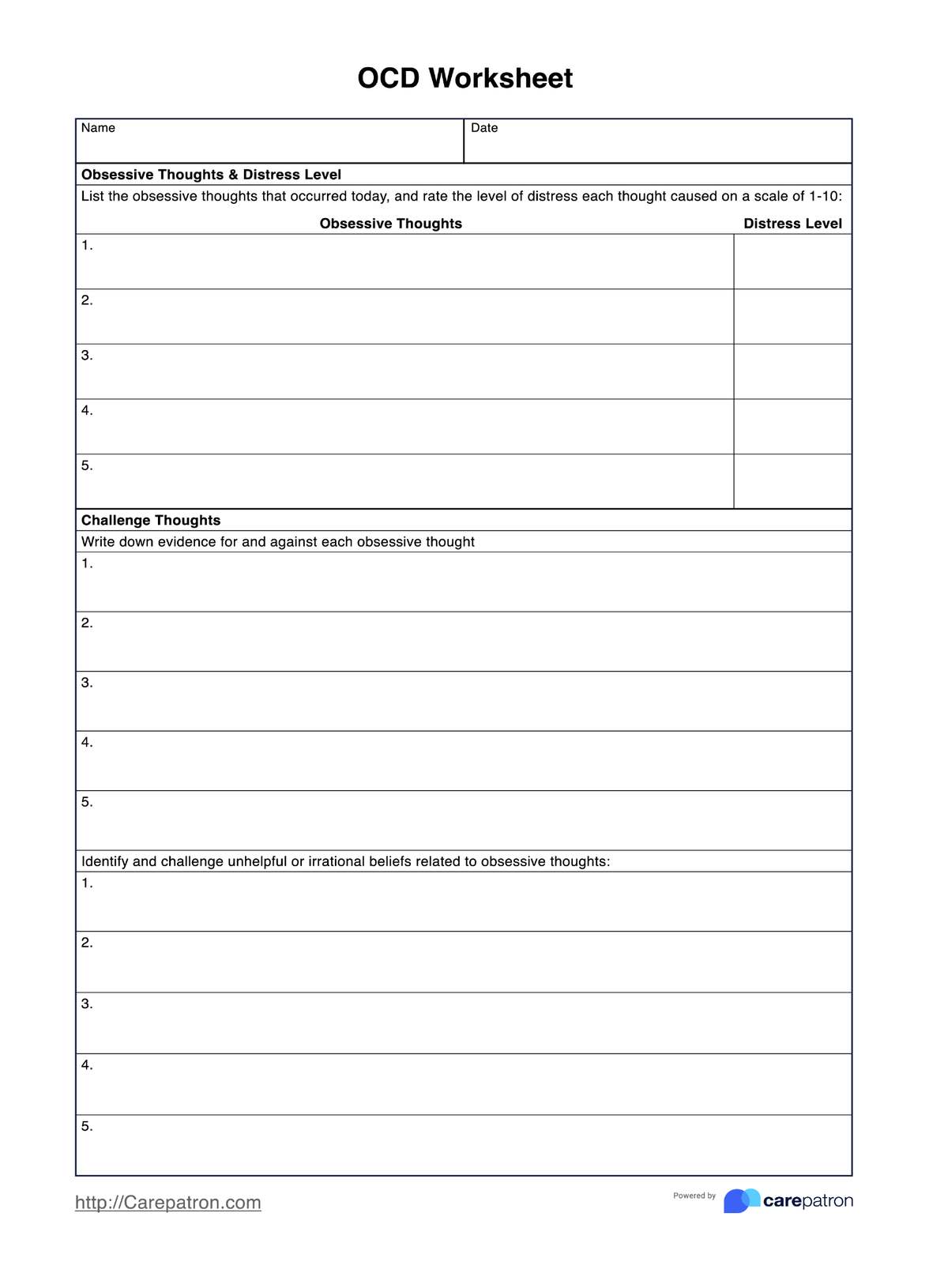MET Activity Chart
Unlock the power of the MET Activity Chart for precise energy assessment, tailored exercise prescriptions, and improved patient health outcomes.


What is a MET Activity Chart?
A Metabolic Equivalent (MET) Activity Chart is a tool used in exercise testing to measure the intensity of physical activities. One MET represents the energy expenditure at rest, defined as the consumption of 3.5 mL of oxygen uptake per kilogram of body weight per minute (Jetté et al., 1990). Activities are scaled based on their metabolic equivalent, helping healthcare professionals assess exercise intensity and prescribe appropriate workouts.
The World Health Organization endorses the use of METs to quantify energy expenditure across various activities, guiding exercise prescriptions tailored to patients' fitness levels. The MET chart is essential in sport and health science, as it translates complex metabolic processes into easily understandable values, making it applicable for evaluating health outcomes and health benefits.
For example, walking at a moderate pace might require 3-4 METs, while running could exceed 8 METs. This distinction helps in determining the ideal activities for weight management, especially when factoring in lean body mass and overall body weight. Professionals can use these measurements to optimize exercise programs, targeting specific fitness goals and improving patient health.
The MET Activity Chart is a valuable reference that enhances understanding of energy expenditure and supports tailored exercise testing for better overall outcomes.
MET Activity Chart Template
MET Activity Chart Example
How to calculate MET?
MET is a simple method to express the intensity of various physical activities. It is defined as the ratio of the energy cost of a specific activity to the energy cost at rest, where one MET equals the energy expended at rest (approximately 3.5 ml O2·kg−1·min−1). To calculate MET minutes per week, multiply the MET value by the duration in minutes and the number of days an activity is performed. Here’s how METs are commonly calculated based on activity type:
- Walking: MET-minutes/week = 3.3 × minutes spent walking × number of days
- Moderate activity: MET-minutes/week = 4.0 × minutes of moderate-intensity activity × number of days
- Vigorous activity: MET-minutes/week = 8.0 × minutes of vigorous activity × number of days
The total MET-minutes per week is the sum of these values across all activity types. Based on the total score, activity levels are categorized into three groups (Ashok et al., 2017):
- Low: <600 MET-minutes/week
- Moderate: 600–3,000 MET-minutes/week
- High: >3,000 MET-minutes/week
Choosing the right MET level depends on the patient's fitness goals. Moderate levels are associated with general health benefits, while higher MET levels may be required for more intense health or fitness outcomes (Ashok et al., 2017).
How does this MET Activity Chart works?
Our MET Activity Chart helps healthcare professionals estimate how much energy patients expend during physical activities, guiding personalized exercise prescriptions and promoting improved functional capacity. Here are the steps for using our template:
Step 1: Collect patient information
Record patient details like height, weight, and age to assess factors like body fat, muscle mass, and caloric consumption, which affect activity intensity and energy expenditure.
Step 2: Review the MET levels guide
Refer to the guide to understand MET values for light effort, moderate intensity, and vigorous activities based on the compendium of physical activities. For example, moderate exercise includes brisk walking (3.8 METs), providing benefits in cardiorespiratory fitness.
Step 3: Calculate MET-minutes/week
Using the provided formula, calculate MET-minutes by multiplying the MET value with activity duration and days performed. This approach aligns with exercise physiology principles for tracking how much energy is used. Record the patient's activity, MET value, duration, days per week and MET-mins using the provided table.
Step 4: Interpret results
Use the chart to assess the patient's physical activity level. Ensure patients are engaging in adequate moderate exercise to improve health while considering their functional capacity.
Step 5: Provide recommendations
Based on the results, advise patients on increasing moderate exercise or light effort activities. Tailor exercise prescriptions to help enhance overall fitness and health outcomes through structured physical activities.
Benefits of using a MET Activity Chart
Utilizing a MET Activity Chart is a strategic approach that benefits anyone looking to optimize their health and fitness regimen. This tool empowers individuals with the knowledge to make informed decisions about their physical activity. Here's a deeper dive into the advantages of incorporating a MET Activity Chart into your health and fitness journey:
Precise measurement of exercise intensity
The MET Activity Chart provides accurate formula to calculate MET-minutes per week for various activities, allowing professionals to determine the intensity of specific physical activities. This precision enables healthcare providers to tailor exercise recommendations that align with patients’ fitness levels and health goals, ensuring optimal exercise outcomes.
Enhanced exercise prescription
By utilizing metabolic rate data, healthcare professionals can create personalized exercise prescriptions. The chart helps identify activities that promote weight loss or improved general fitness based on how many METs each activity requires. This individualized approach ensures patients engage in exercises that best suit their capabilities and needs.
Support for general population health
The MET Activity Chart can be applied not only to clinical settings but also for sports and community health initiatives. By promoting awareness of met values and exercise intensity among the general population, healthcare providers can encourage healthier lifestyles and greater general fitness, leading to better overall health outcomes.
References
Ashok, P., Kharche, J., Raju, R., & Godbole, G. (2017). Metabolic equivalent task assessment for physical activity in medical students. National Journal of Physiology, Pharmacy and Pharmacology, 7(2), 1. https://doi.org/10.5455/njppp.2017.7.0825604092016
Jetté, M., Sidney, K., & Blümchen, G. (1990). Metabolic equivalents (METS) in exercise testing, exercise prescription, and evaluation of functional capacity. Clinical Cardiology, 13(8), 555–565. https://doi.org/10.1002/clc.4960130809
Commonly asked questions
The MET chart helps healthcare providers evaluate patients’ energy expenditure during different activities, which aids in determining appropriate levels of exercise intensity. It is especially useful for tailoring exercise regimens in cardiac rehabilitation, weight management, and other specialized fitness programs.
The MET chart allows clinicians to prescribe exercises based on individual fitness levels. For example, lower MET activities like walking (2-4 METs) might be recommended for beginners, while more advanced patients might handle higher MET activities like jogging or cycling, ensuring effective and safe health outcomes.
Yes, the MET chart can be a valuable reference for tracking progress over time. As patients improve their fitness levels, their ability to handle activities with higher metabolic equivalent values will increase, leading to better health benefits.


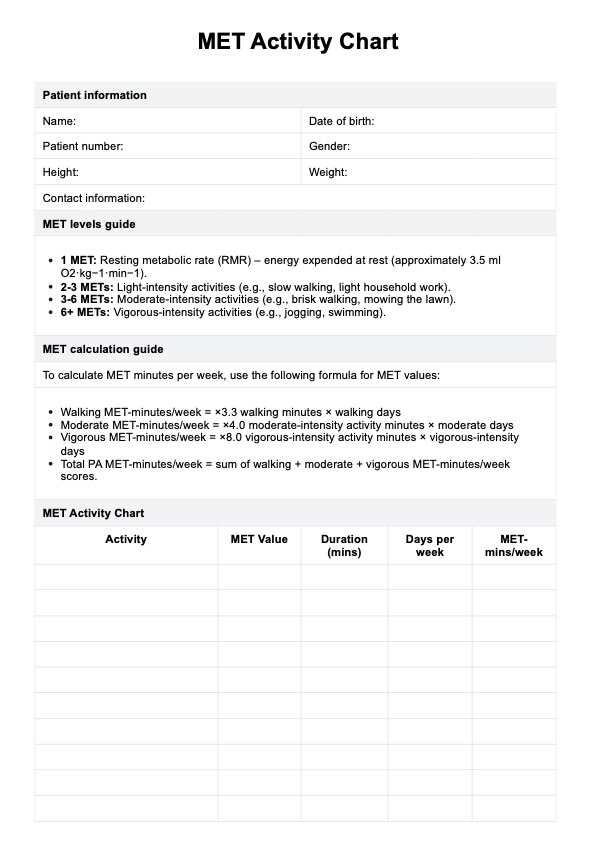
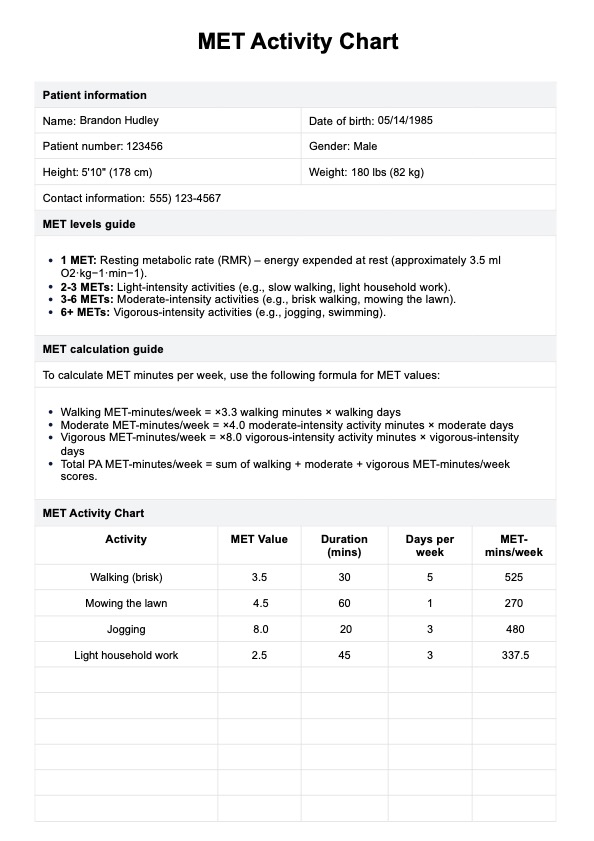

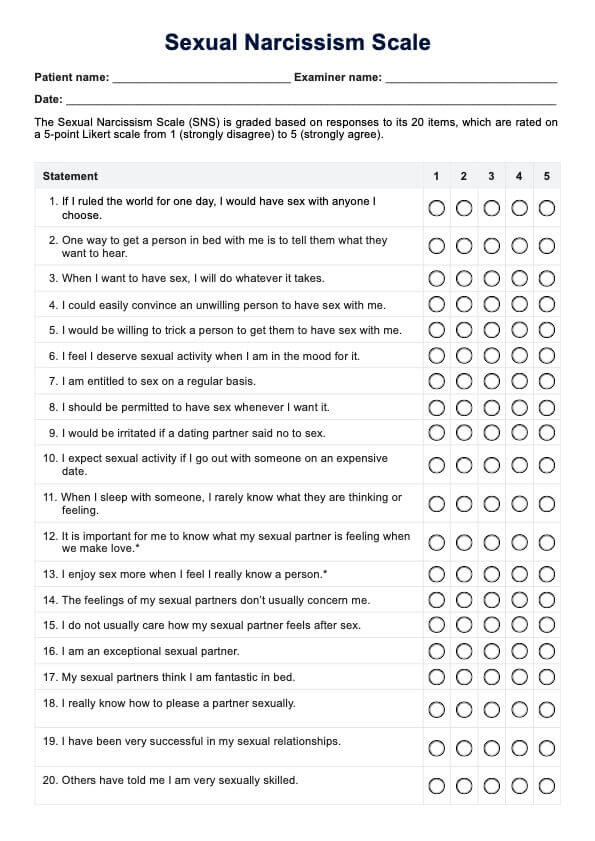
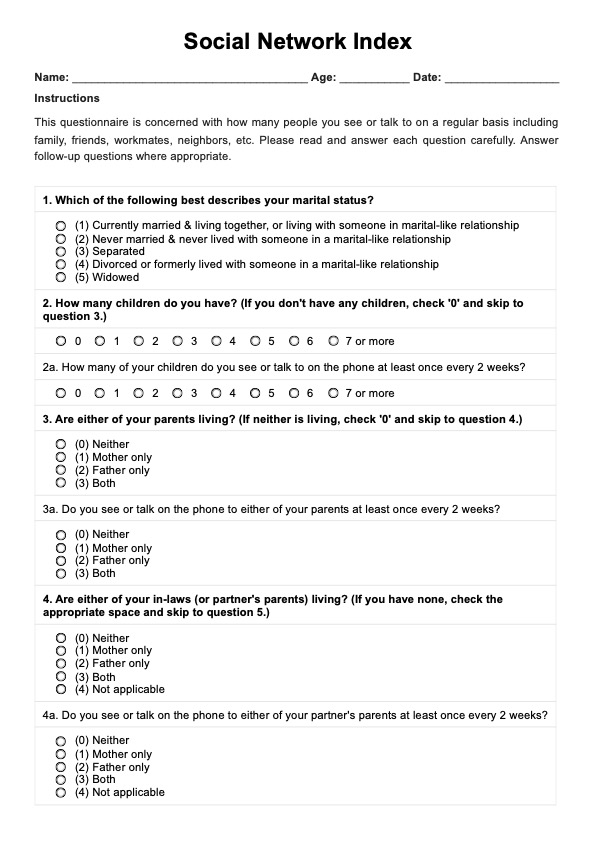










-template.jpg)


















































































